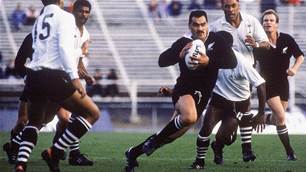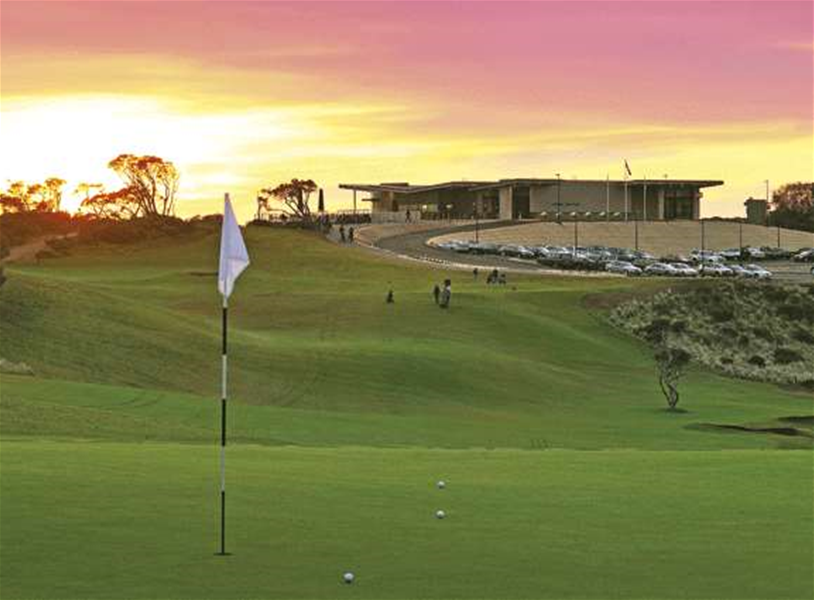Portsea Golf Club now stands out from the crowd on victoria’s mornington peninsula thanks to an ambitious but educated decision to secure the club’s future.
Near the site of the former clubhouse beside the current 9th tee, a new tiered teeing ground far to the left of the previous tee alters the angle and insists on a right-to-left shape to a tee shot that could previously be struck quite straight. Future plans for the Portsea course include a Cashmore-led redesign of the par-3 16th hole and an overhaul of the 8th and 9th holes. This includes the removal of the row of cypress trees between the 8th and 9th fairways that is a feature of the tee shot on the latter, plus a levelling of the steeply side-sloped 8th fairway and the addition of a sandy waste area between the two holes as a replacement for the cypress trees. It’s a look that will drastically alter the visual element of the two holes but is in keeping with the era of transition Portsea is undergoing.
Another design change will see the current 1st green pushed back from its present location to one higher up the hillside that the green is presently benched into. This move won’t change the comfortable tee shot but will lengthen approaches. Elsewhere, the par-4 5th will see a new tee to lengthen a hole that is losing the battle with golf’s distance explosion. No timeframe has been established on any of these projects as the club waits for both the appropriate time and funds.
Rounds at Portsea really get going after the docile opener. The 2nd is a par-3 to a dell-style green where judging the wind from the high tee and predicting the bounce upon landing is never easy. The 3rd is a reachable par-5 in terms of distance yet holding the raised, domed putting surface with a long second shot is rare, plus the green is one of the most deceptively sloping on the course. The 4th packs a punch as the toughest hole, one defended by a pair of large bunkers on the inside of the dogleg-right and a bunkered green complex that generally accepts only aerial approaches. The 5th will play tougher when its new tee is constructed but as it stands is guarded by a sloping putting surface where a little artistry is needed to leave the ball below the cup.
The layout starts building real momentum from the 6th, a par-4 where the tee shot is blind to a sunken fairway and the second shot plays sharply uphill to a well-bunkered green. The par-3 7th asks for an all-carry tee shot thanks to the run-off fronting the narrow putting surface, while deep bunkers await any iron shot lacking the requisite accuracy. The outward nine closes with the former bookend holes, a par-5 at 8 that’s best played up the right side but on a right-to-left tilted fairway and the altered 9th where the second shot is again struck uphill to a raised green with run-offs in every direction, most steeply on the left side.
Related Articles

International Spotlight: Omanu Golf Club

Celebrity Kiwi couple tee off in paradise



.jpg&h=115&w=225&c=1&s=1)









